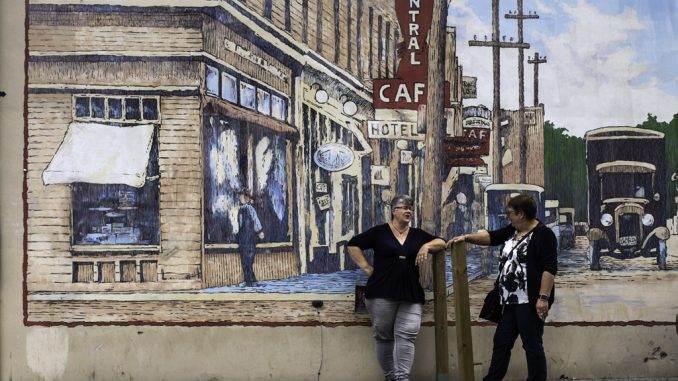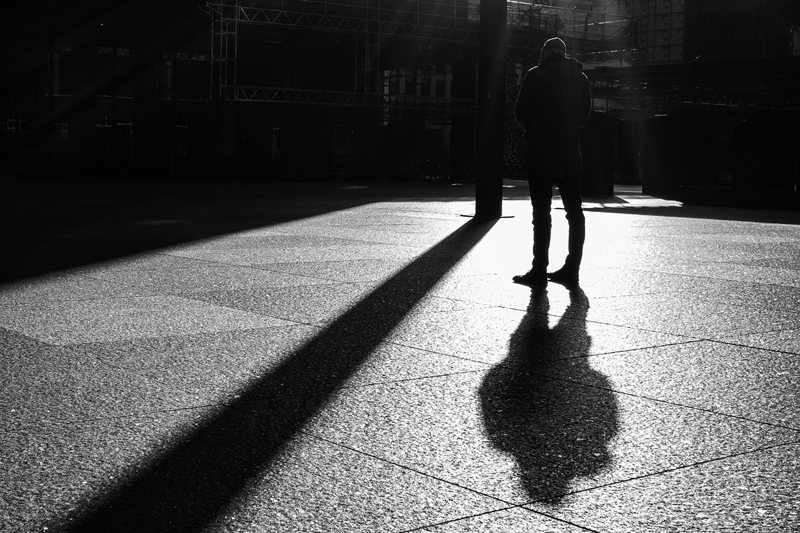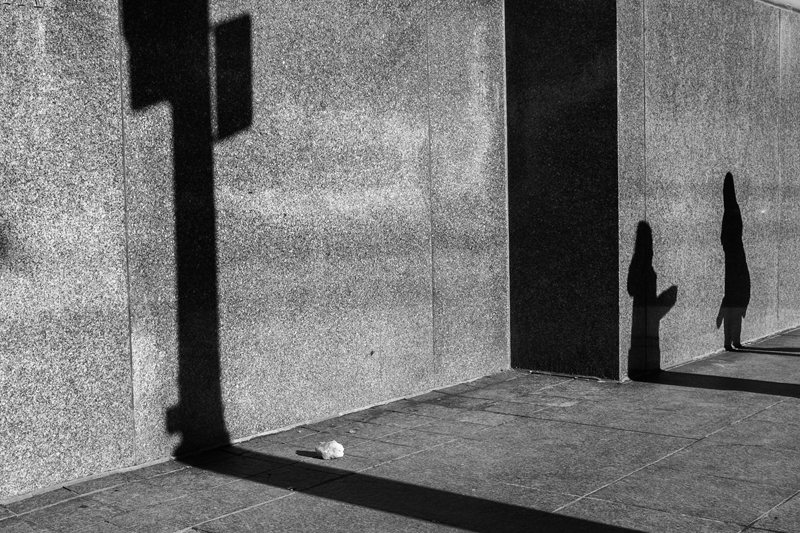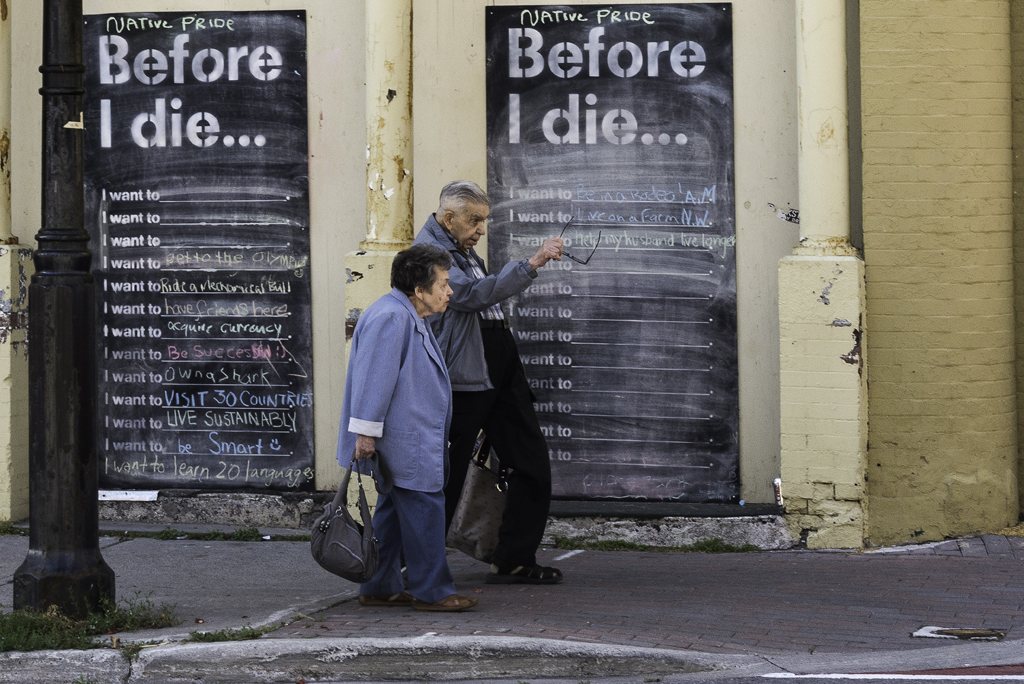Being a successful photographer requires a loving persistence and a total obsession transfixed with passion. Success is the creation of lasting and important images that uniquely document and interpret a specific aspect of society or of our planet.

The longer I photograph the more I realize that good, lasting images are hard to create and are only made in small numbers by a single photographer. Achieving these successful images requires a combination of hard work and long-term dedication. With a passion for subject matter and an attention to detail being paramount.
“ Taking good pictures is easy. Making very good pictures is difficult. Making great pictures is almost impossible.” Constantine Manos
Simplifying the image making process and adding constraints to your workflow can increase your concentration levels and increase your creativity. Equipment in photography is both good and bad.

Although having the right tools at hand is critical for making specific images, having too much equipment in your daily kit can be detrimental. Instead forcing yourself to make images using simple equipment when possible, can be freeing and ultimately lead to more successful images.
The first constraint I believe necessary to improve your photography is using a fixed focal length lens. In my own work I use a 50 mm f1.4 lens with my DSLR and a 35, F2.8 with my mirror less Fujifilm 100T camera.
By shooting with a fixed length lens a photographer is forced to work harder to make successful images of a subject. A fixed length lens forces you to think and reposition yourself into the best angle to make a photograph.
Using a zoom lens, apart from certain types of photography like sports or wildlife photography, sometimes allows the creation of an image too easily and in many cases shortens your time spent working a subject sufficiently.

Quickly zooming in on a subject, making a photograph and moving on can be a common characteristic of a photo shoot. A fixed lens also encourages you to get closer to a subject, and if the lens you use is a wide- angle, can help better place the subject in it’s environment.
Carrying one lens on one camera body also allows you to move more simply and cover more ground.
Leaving the distraction of equipment behind encourages greater creativity and forces you to look harder at better interpreting your subject. With simple equipment there are no easy images.
You are forced to think and to create something interesting. Better images come from a greater thought in making images. There is no short cut to good long lasting image creation.
A second constraint to the photographic process is editing. I believe in the necessity of tightly editing your images and simplifying the number of images chosen.

To this end it is essential to not begin the editing process until your images have sat for at least 2 months, thus reducing your emotional attachments. Quickly editing and posting images right after a shoot does not properly allow assessment and determination for finding your best work.
Your editing process must be structured to provide the constraints necessary to determine only a small number of the best photographs. Always putting your best images forward is so important to success in a photographic world filled with mediocre images.
Editing constraints to find your best work by separating your emotional attachments to images are essential to the process.
A further constraint in your photography is forcing yourself to work on personal projects. It can be tempting to have no project or portfolio focus to your work, just going out and photographing anything and everything.

I am not suggesting that you never photography just for the pure joy with no specific image in mind. Yet, constraining yourself to photographing specific self directed projects can lead to a strong body of work, which can improve your worth as a photographer.
A focus creates a unique voice and allows your images to better represent who you are as a photographer. Constraining yourself to personal projects that reflect your passions makes you more likely to create something unique.
And a final constraint to the process is a personal one, which may not appeal to everyone: working hard to get the image correct in the camera. I am not suggesting that you do no post-production in software programs such as Photoshop or Lightroom, but that you should aim to keep it to a minimum.
It is simple too easy to not spend the time making good images because you can fix it in Photoshop later. Doing this adds a complication to the process and creates a strong dependence on software.
I believe that using too much time in post-production and a dependence on software does not make you a better photographer but instead a better graphic artist. By working hard to achieve a finished image in the camera you are reducing your need for in-depth post-production work and ultimately seeing better in the field.
This undoubtedly makes you a better photographer, because it is the camera as a tool that makes photographs, not the computer.
Constraints encourage us to improve in many aspects of our lives, as well as in photography. To those that say that constraints take the fun out of the process of making images, it depends on what your ultimate goals are.
If photography is your ultimate passion and something you want to devote your life too, then constraining yourself in the above aspects undoubtedly improves your abilities and helps you to become a more successful and stronger photographer.
About Randall Romano
Randall has over 30 years experience in photography, having worked for a variety of commercial and editorial clients. The current genre of photography he is passionate about is: documentary style street photography.
Emphasis is placed on a Canadian story to document, either clearly or in an obscure way that causes the viewer to pause and look closer at the photograph. Randall also enjoys teaching photography through presentations to camera clubs and from written articles and eBooks.

Leave a Reply